New paradigms for data management, security, economics, and governance are being created by Web3 and blockchain technology, which is also decentralizing the internet. These developments are fundamentally changing the digital world. Web3, which uses decentralized protocols that put user control, privacy, and transparency first, seeks to undermine centralized control. Web2, the present version of the internet, gave us social media, e-commerce, and centralized cloud services. Blockchain technology, the foundation of cryptocurrencies like Bitcoin and Ethereum but with far more potential uses than just digital money, is driving this change. This article examines Web3 and blockchain technology advancements, illuminating how these technologies are changing the internet and a number of businesses.
1. The Rise of Web3: A Decentralized Vision of the Internet
The third generation of the internet, or Web3, is a concept of a digital environment that is more user-centric and decentralized. It is based on the fundamental ideas of trustlessness, decentralization, and transparency, all of which are made feasible by blockchain technology. Web3 seeks to return control to the user through decentralized applications (dApps) and protocols, in contrast to Web2, where user data is managed by centralized organizations like Facebook, Google, or Amazon.
The idea of self-sovereign identity is one of Web3’s main advances. Personal data is kept on centralized servers in the Web 2 world, which frequently leads to data breaches and illegal access. With the introduction of verifiable credentials and decentralized identifiers (DIDs) in Web3, users may now own, control, and maintain their digital identities independently of middlemen. This is made possible by smart contracts and cryptographic technologies, which offer an online identity management solution that is more private and safe.
2. Blockchain: The Backbone of Web3
Web3 is centered around blockchain technology, which is a distributed ledger that securely, irreversibly, and transparently records transactions. It offers a decentralized application infrastructure that facilitates trust between participants without the need for middlemen. This breakthrough is radically changing a number of industries, including real estate, healthcare, supply chain management, and banking.
The consensus processes of blockchain technology are its main breakthrough. Proof of Work (PoW), used by conventional blockchains like Bitcoin, is energy-intensive but secure. More effective consensus algorithms, such Proof of Stake (PoS), Delegated Proof of Stake (DPoS), and Proof of Authority (PoA), are being adopted by more recent blockchains. These methods are more suited for a larger range of applications because they provide faster transaction rates, reduced energy usage, and higher scalability.
3. DeFi: Revolutionizing Finance through Decentralization
One of the biggest developments in the blockchain space is Decentralized Finance, or DeFi, which aims to upend established financial institutions. DeFi creates open, permissionless, and interoperable financial services by utilizing blockchain and smart contracts. It lets people use their assets to trade, lend, borrow, and earn interest without depending on banks or other centralized organizations.
Peer-to-peer financial transactions on the blockchain are made possible by DeFi platforms like Compound, Aave, and Uniswap, which have become extremely popular. These platforms save money, do away with the need for middlemen, and increase accessibility and transparency. With only an internet connection, DeFi also creates new avenues for financial inclusion by allowing individuals in underbanked or unbanked areas to access financial services.
The DeFi ecosystem has seen two noteworthy innovations: yield farming and liquidity mining. While liquidity mining encourages users to add their assets to liquidity pools, yield farming allows users to get paid for contributing liquidity to DeFi protocols. These mechanisms have sparked the DeFi sector’s rapid expansion and the creation of a vast array of financial services and products.
4. NFTs: Redefining Digital Ownership and Creativity
Another ground-breaking development in the Web3 realm is Non-Fungible Tokens (NFTs), which are completely changing the way we think about digital ownership, art, and collectibles. In contrast to fungible and interchangeable cryptocurrencies like Bitcoin and Ethereum, NFTs are distinct digital assets that, on the blockchain, signify ownership of a particular good or piece of content.
NFTs are being used in a wide range of industries, including virtual real estate, gaming, and digital art and music. By offering their creations as NFTs and selling them straight to customers without the need for middlemen, artists and creators can keep a larger portion of the sales. NFTs can now be purchased, sold, and traded on digital art marketplaces like OpenSea, Rarible, and Foundation thanks to the democratization of creative ownership.
Additionally, NFTs have opened up new avenues for fan interaction and money generation. As NFTs, musicians are producing limited-edition albums or giving fans unique access to concerts. In addition to giving creators additional avenues for monetization, this innovation is promoting closer, more meaningful relationships between artists and their viewers.
5. DAOs: The Future of Organizational Governance
Innovative organizational structures known as Decentralized Autonomous Organizations (DAOs) function without a central authority and automate decision-making via the use of smart contracts built on the blockchain. DAOs are an example of how old hierarchical organizations are giving way to a more open, democratic, and democratic form of government.
Members of a decentralized autonomous organization (DAO) can vote according to their ownership stake in the company, which gives them the ability to influence decisions on governance policies, project ideas, and funding distribution. This paradigm encourages collective ownership and accountability, which makes it especially attractive for managing decentralized communities and projects.
The promise of this approach has been shown by a number of successful DAOs, including Uniswap DAO, which is in charge of overseeing the development of the Uniswap protocol, and MakerDAO, which manages the Dai stablecoin. Due to its ability to facilitate more inclusive and transparent governance systems, DAOs have the potential to revolutionize a number of industries, including finance, supply chain management, and social organizations.
6. Web3 in the Metaverse: A New Digital Frontier
The convergence of Web3 and blockchain technology with the concept of the metaverse is another exciting development. The metaverse, a virtual universe where people interact, work, and play using digital avatars, is becoming increasingly integrated with blockchain-based assets and currencies. This integration is paving the way for a more open, user-owned internet where digital assets, identities, and economies are interoperable across different platforms and applications.
For example, blockchain-based virtual worlds like Decentraland and The Sandbox are creating new economic models where users can buy, sell, and trade virtual real estate, goods, and services using cryptocurrencies and NFTs. These platforms are building the infrastructure for a new digital economy that is decentralized, user-driven, and independent of traditional corporate control.

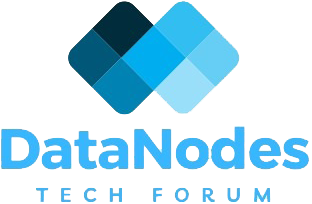





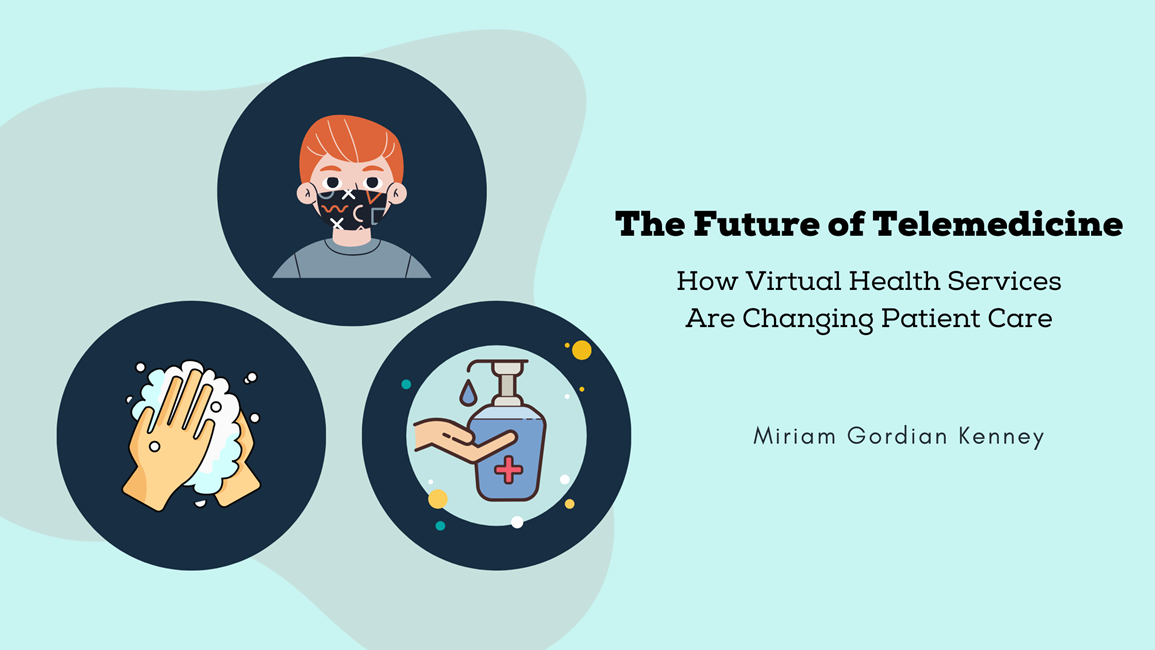
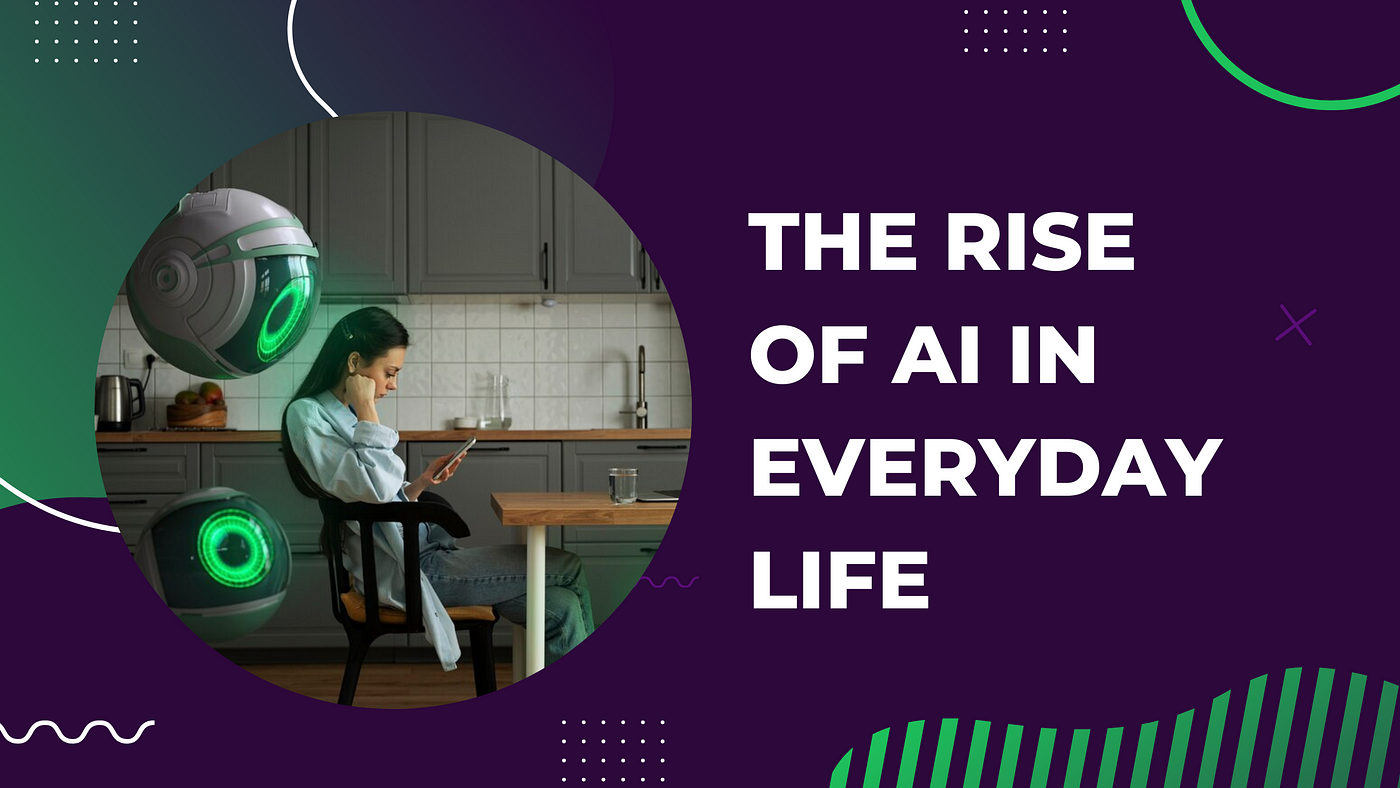

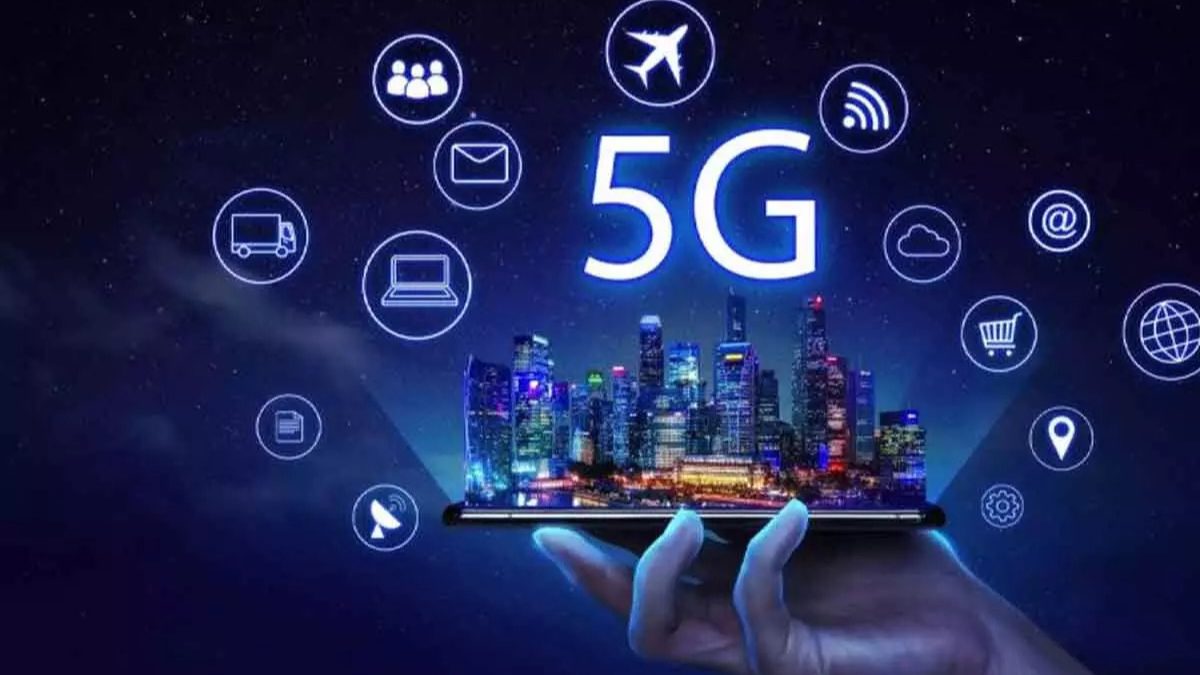
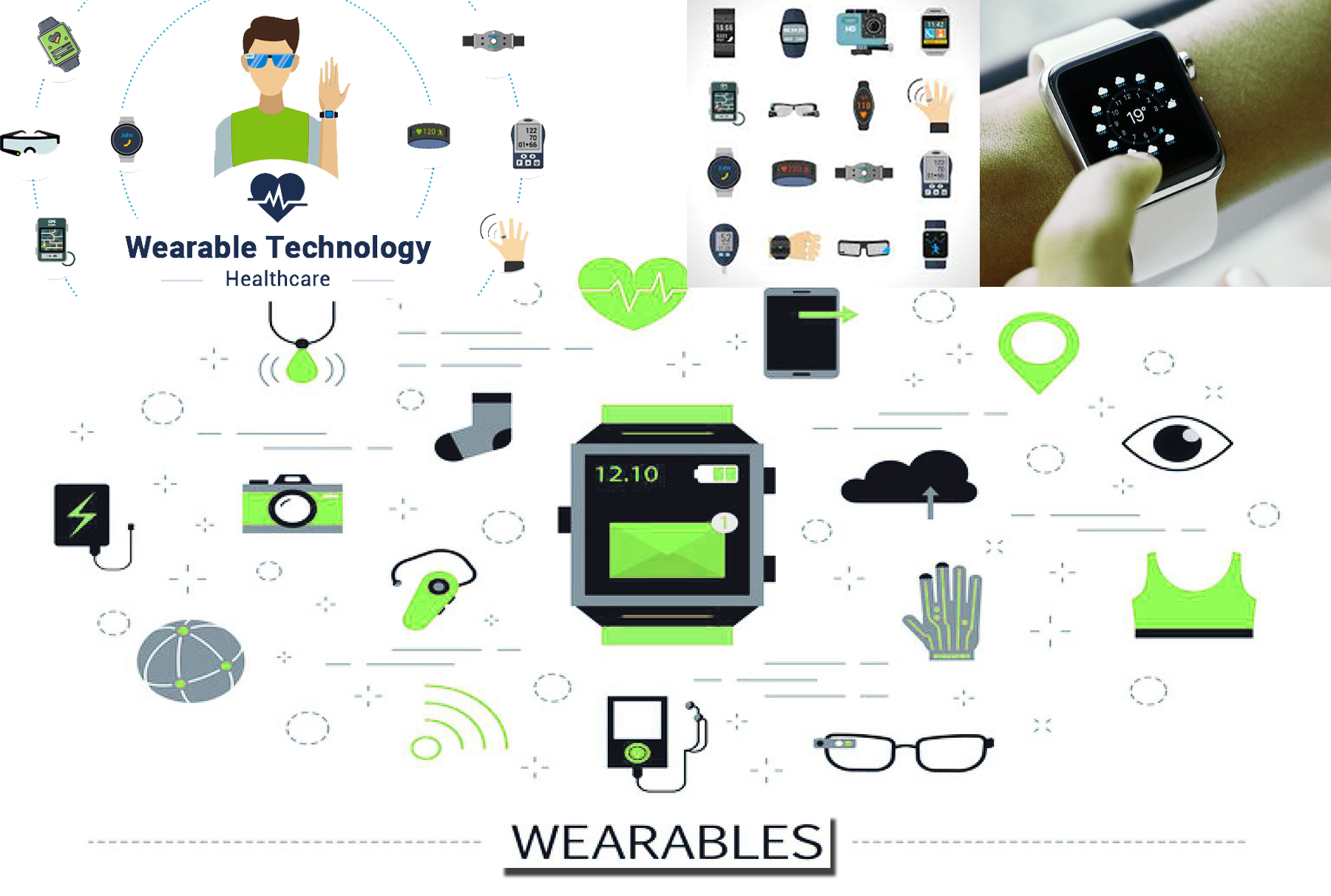
Leave a Reply